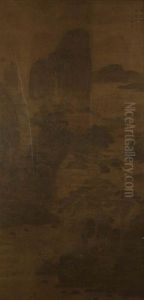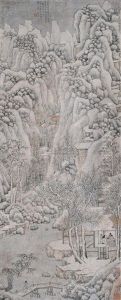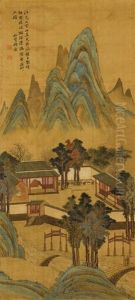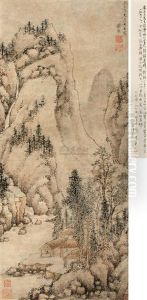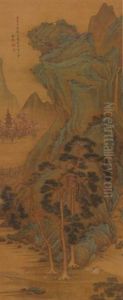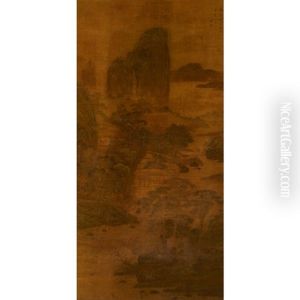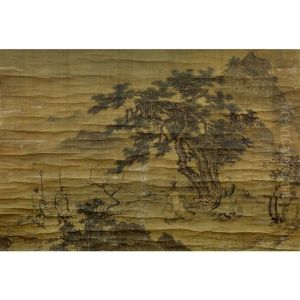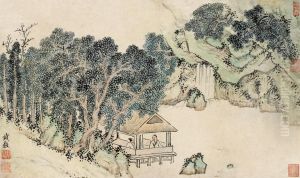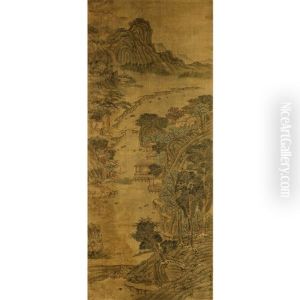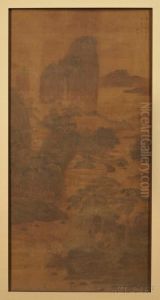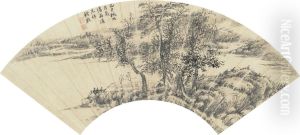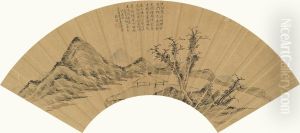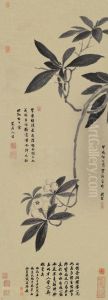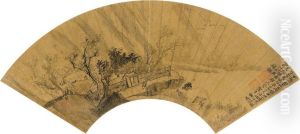Qian Gu Paintings
Qian Gu, also known as Qian Gufang, was a Chinese painter during the Ming Dynasty, which ruled China from 1368 to 1644. Born in Changzhou, Jiangsu province, he was known for his landscape paintings, following the literati tradition of the Wu School, which emphasized personal expression and the pursuit of individuality in art as a reflection of the artist's personality and emotions.
Qian Gu was a disciple of Wen Zhengming, one of the leading figures of the Wu School. Under Wen Zhengming's guidance, Qian Gu developed a style that paid homage to the Song and Yuan dynasty masters. He was particularly influenced by the Yuan dynasty painter Huang Gongwang, whose works were characterized by their strong brushwork and emphasis on the rhythm of nature.
The literati painting style that Qian Gu practiced was not simply an artistic endeavor; it was also a means of self-cultivation and expression for the scholarly class. Qian Gu's works often featured landscapes that were not only visually compelling but also imbued with poetic and philosophical significance. His paintings are known for their refined brushwork and use of ink washes, creating atmospheric scenes that invite contemplation.
Qian Gu's life as an artist was intertwined with his scholarly pursuits and his role as a member of the literati. This status was reflected in the intellectual depth of his work. Despite his talent and the high quality of his paintings, Qian Gu did not achieve the same level of fame as his teacher Wen Zhengming during his lifetime. However, his contribution to the literati tradition and Chinese landscape painting has been recognized by later generations, and his works are now appreciated for their serene beauty and technical skill.
Qian Gu's exact dates of birth and death are not well-documented, but he is believed to have been active as an artist during the mid-16th century. His paintings have been collected and studied as examples of the Wu School's influence on Chinese art, and they continue to be celebrated for their elegance and expressive power.
